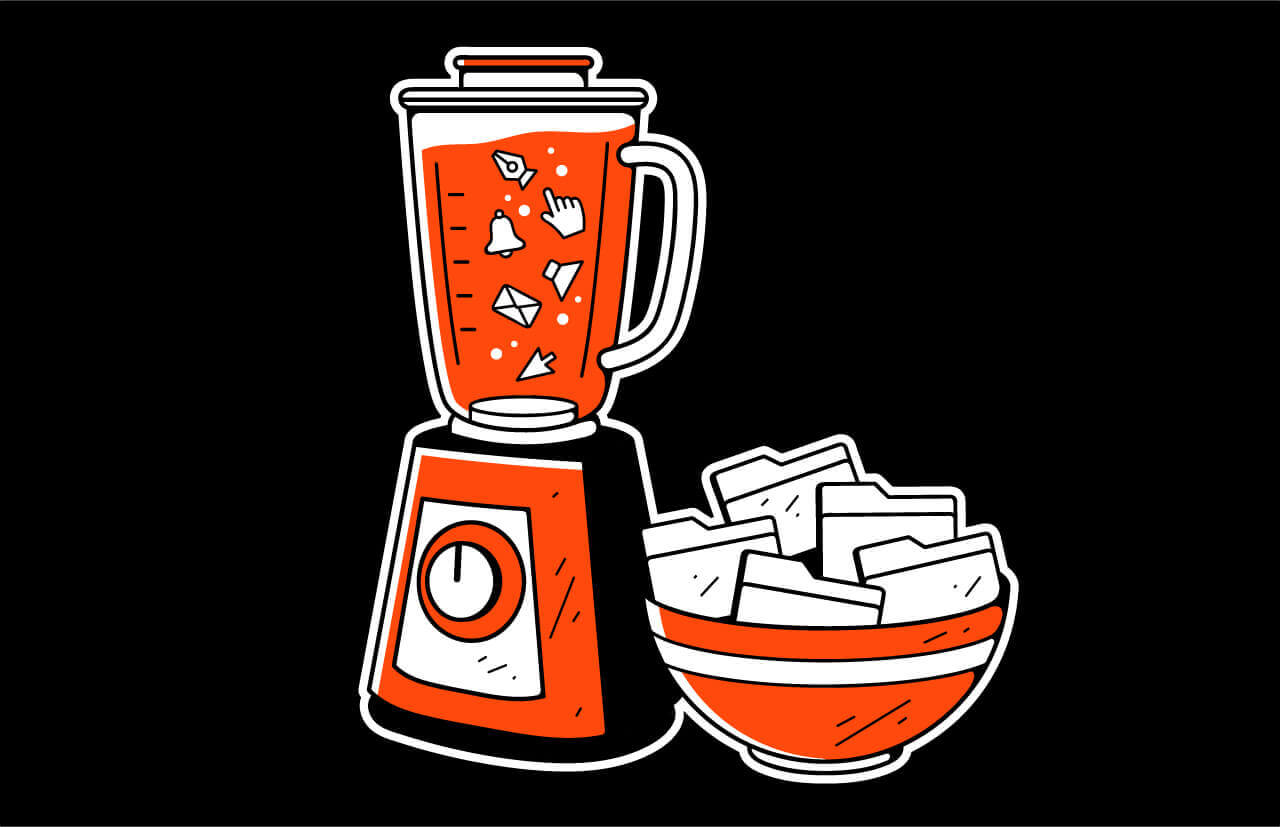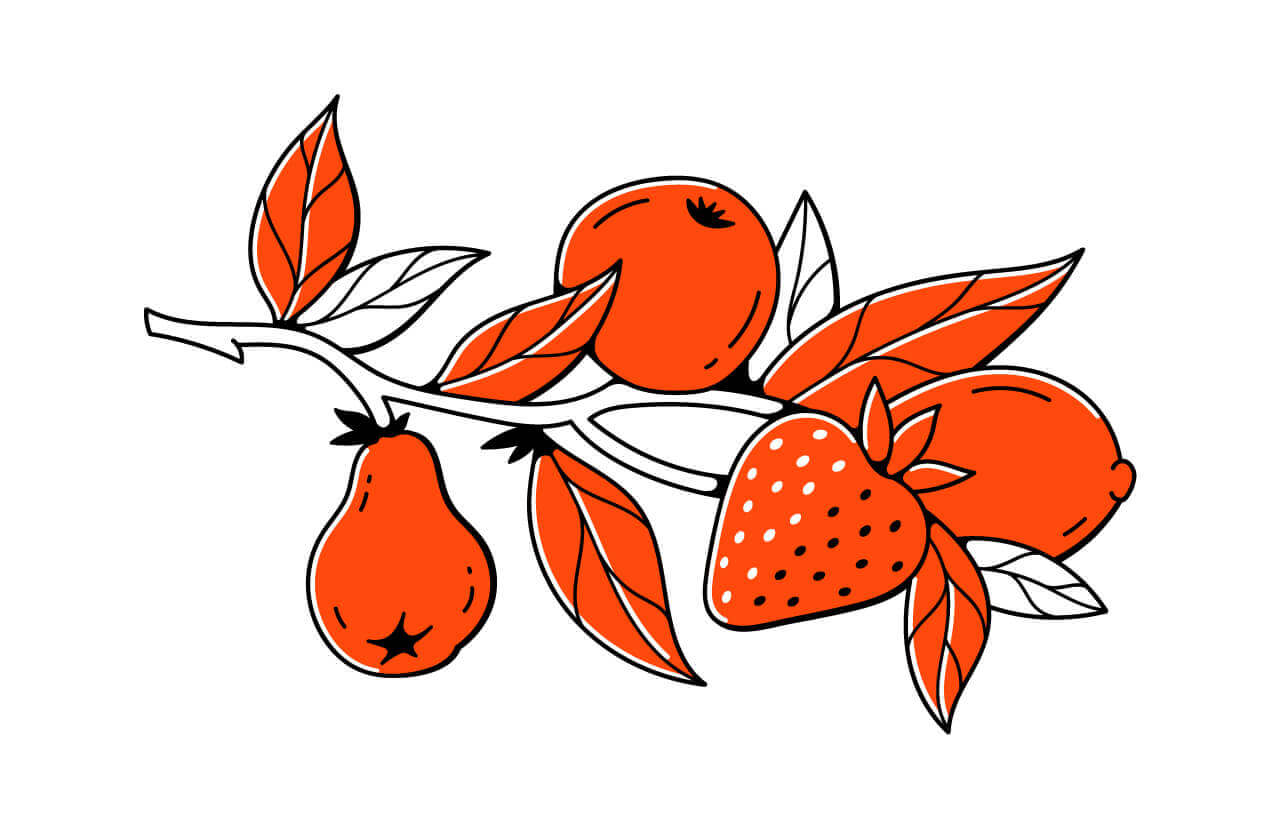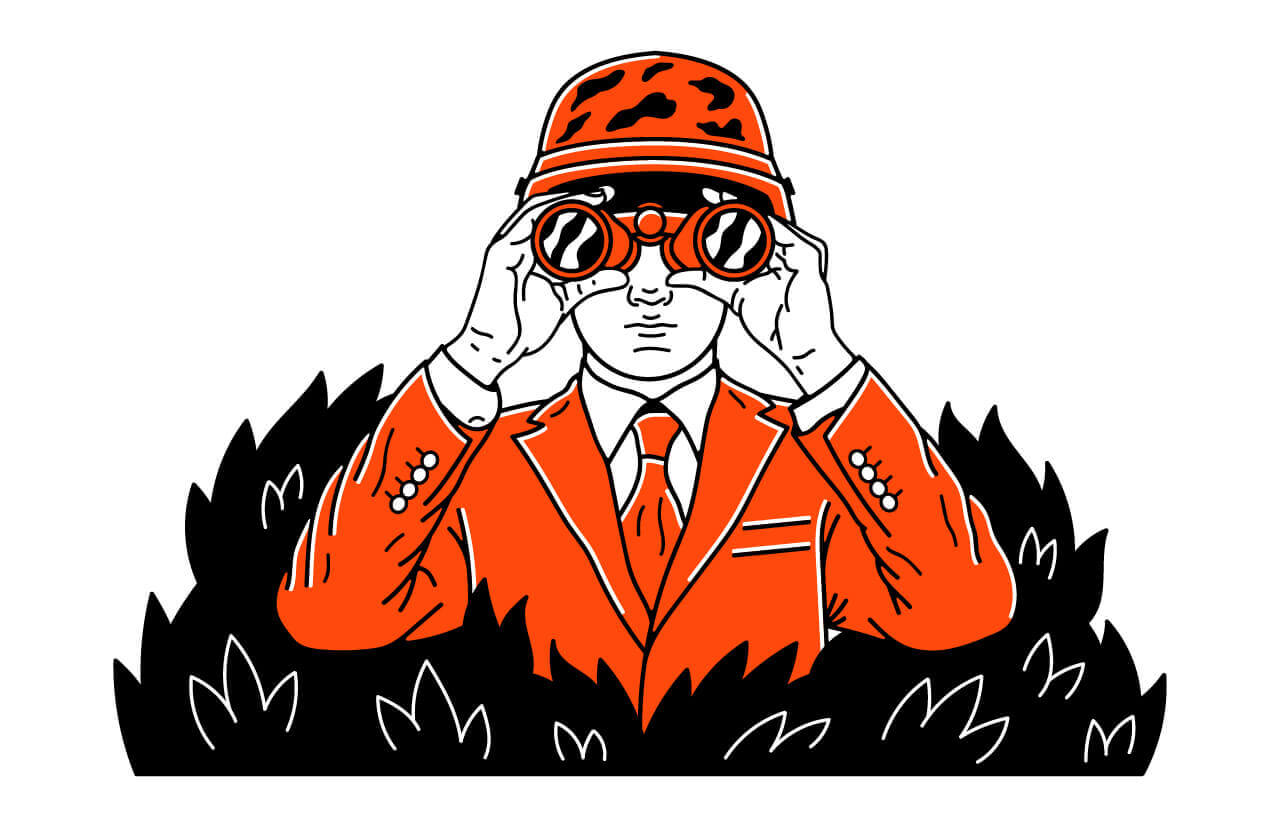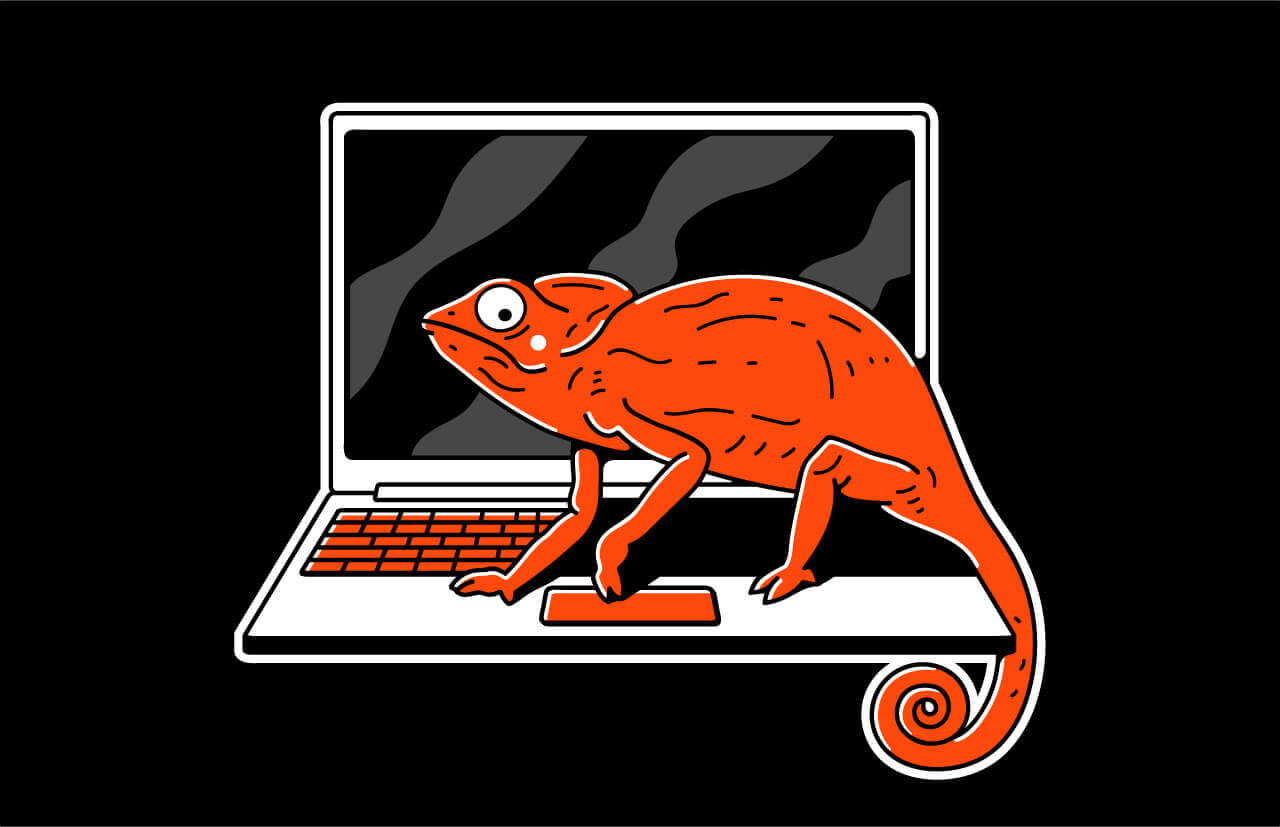“Then we iterated the design”, “5 rounds of iteration”, “always iterate!”. You have probably heard people use the term iterative design but might be wondering what exactly it means.
Here we look at what it is and how it’s essential for Agile design, and then explore how designing iteratively can improve your product or service. Spoiler alert – benefits include:
- making your product, service or site highly user-friendly
- changing things early on, when costs involved are much lower
Definition of iterative design
So, what is iterative design? Well, in short, it simply means trying things out with users, changing them if they don’t work, or could work better – and then trying them out again.
‘Designers continually test, evaluate and refine ideas using a variety of methods to ensure designs meet user needs. Iterative design is a circular design process that models, evaluates and improves designs based on the results of testing.’ – BBC website
‘Iteration is a mathematical concept which basically means doing the same thing over and over again in order to refine the result. In UX we need to constantly refine and improve our designs for them to continue to create the best value for our users.’ – Interaction Design Foundation website
Iterative design is circular
Sometimes designs go through many rounds of user testing, feedback evaluation and subsequently design iteration. We call this process iterating and improving a design.
All Agile design is iterative
Iterative design is an intrinsic, vital part of an Agile approach to digital project work.
1. Discovery: After researching the problem space where your new product or service is going to help people, designers start to think about what may be helpful.
2. Alpha: Next, they will build one or more prototype solutions, and test these out with real people to see if they are effective, and to find out what’s missing.
3. Beta: Designers choose a particular design to develop and iterate further to better meet user needs.
4. After live: Iterating does not stop at launch! You might be surprised about this. But you’ll probably get a lot of feedback from customers after live, right? Solving usability challenges to improve user experience after live is iteration.
We call this continuous iterative improvement.
But, fixing bugs – where the product does not function as planned – isn’t iterative improvement, sorry! That’s just making your product work.

critical web design mistakes to avoid
Iteration cycle length
As a startup you may be asking how you can kick off an iterative approach. And your first question is probably, how long should a cycle of iteration be?
Humbleteam design director & co-founder Sergey Krasotin comments:
“Based on our experience mentoring over 50 startups this year I can tell you that your iteration cycle should be a week to design and a week to implement, so, 2 weeks. In week 2 you’re collecting data from your implementation which you’ll use to influence design changes in the next cycle of iteration. After that, the third one.
Can it go over 2 weeks sometimes? Yes! Sometimes it happens that developers don’t release everything on time — just try to keep the delay within days, not weeks.”
Product evolution can take up to 6 cycles, which is around 3 months.
How designing iteratively helps you
In the early stages of iterative design, you test with a low fidelity prototype. This could be a wireframe, a clickable look and feel prototype, or even simply showing users design sketches, product name cards and lines of text.
These prototypes are lightweight, flexible, easy to throw away, rather than heavy effort, and cost-intensive, bespoke code. Especially at the very beginning when you are just exploring design concepts.
What testing tells you
By adopting an iterative design process, you can find out a lot of important things before you do pay to “set” it in HTML, javascript and other development languages:
- Learn what your customers need earlier rather than later.
- Observe how people interact with your design – this could surprise you! They may try clicking things you didn’t expect, or move through your website in ways you did not plan for.
- Find out if users can’t access something, for example a user is colour-blind and you used red and green as the only differentiator.
- Notice what they understand and don’t understand: you may need to modify language, vocabulary and tone.
- Get deeper insights on your product and service design which may lead you to design something completely different.
With continuous iterative design, you will probably learn a lot of helpful things about your product or service in general, and could get ideas for new products too.
Iterating after live
3 ways to do this:
- Do usability testing sessions with real customers regularly after you go live, for example every 3 or 6 months.
- Make sure the design and customer services teams are in close contact.
- Add a link on your website for gathering feedback.
Resources to check out
- Marvel rapid prototyping tool
- Trello boards, for design task planning and tracking
- ‘Design for your users’ needs to get ahead in digital’
Subscribe to hear about legendary business pivots on our CTRL SHIFT podcast.





